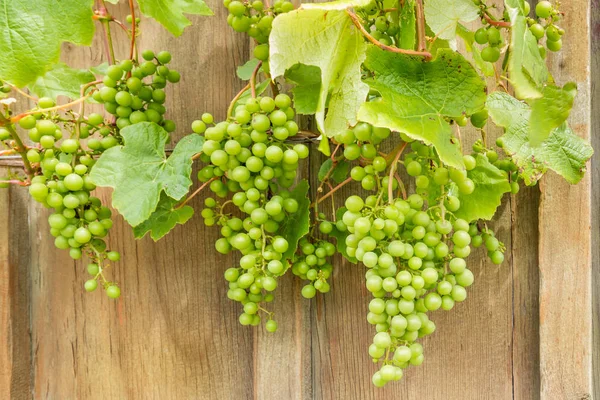| Depositphotos |
The other day, I was thinking about the Napa Valley's most popular wines (I know, it's the kind of obsessive thing wine writers think about) and the first not-so obvious thought I had is Cabernet Sauvignon must account for at least half of the vineyard acreage in the Napa Valley.
Perhaps that's not so surprising. After all, Cabernet Sauvignon is Napa's best known wine. What is surprising is that Sauvignon Blanc, a popular white wine, is planted in just a fraction of the valley's vineyards.
According to Napa Vintners, these are the numbers for the planted acreage of the top five Napa Valley grapes: Cabernet Sauvignon, 50%; Chardonnay, 14%; Merlot, 10%; Sauvignon Blanc, 6%, Pinot Noir, 6%.
The percentages clearly show that Napa is a red wine valley, with a little acreage devoted to white varieties. But it is surprising, considering the market dominance of Chardonnay, that there is so little Chardonnay in Napa Valley. And that there is not more Sauvignon Blanc in the valley.
Also, why is there as much Pinot Noir as Sauvignon Blanc in Napa Valley, when Pinot Noir is mainly grown in Napa-Carneros? And the majority of Carneros vineyards are in Sonoma, not Napa. Questions like these can keep you up at night.
The Napa Valley Style
So, let's take a closer look at Napa Valley Sauvignon Blanc and what you, the consumer, should expect from the wine.
Napa Valley has around 46,000 acres of vines and it is just about planted out. A lot of Sauvignon Blanc is rooted mid-valley, especially around Rutherford. With Cabernet Sauvignon the dominant variety in the valley, wineries wanting to add Sauvignon Blanc to their wine list, will have to look in every open corner where the grape does well.
Sauvignon
Blanc buds late and ripens early, so it doesn't need a lot of heat to
bring out the best in the grape. In the warmer north-valley, around
Calistoga, the danger for Sauvignon Blanc, is low acidity and a loss of
varietal distinction.
Savvy fans of Sauvignon Blanc will tell you that Sancerre and Pouilly Fume, from the Loire Valley and Bordeaux blanc, are the versions Americans knew best, until New Zealand's Cloudy Bay introduced Americans to a whole new style of Sauvignon Blanc.
Marlborough Sauvignon Blanc took off like a rocket, with it's tropical flavors and tangy citrus acidity. Stylish and flavorful, the "sauvy" style soon became the one to emulate.
Considering the differences in country and terroir, it was understood that you can't make New Zealand Sauvignon Blanc in the Napa Valley. However, a number of Napa winemakers shifted their Sauvignon Blanc style from more like France to New Zealand.
 |
| Unripe Sauvignon Blanc |
Flint, or silex, in the soil of Sancerre and Pouilly-sur-Loire gives Sauvignon Blanc a certain gun flint aroma, setting the style more like Loire than Bordeaux, neither of which appealed to some Napa winemakers.
Fact is, there is no one Napa Sauvignon Blanc style, but it's safe to say that the main focus is on freshness, leaning toward citrus and tropical fruit, without an herbal note found in some Sauvignons. The most popular style is Sauvignon Blanc sans oak, although there are some Napa wineries aging their Sauvignons for short periods in French oak.
These are but a few of the many Napa Sauvignon Blancs: Cakebread, La Pelle, Taub Family, Oberon, Cliff Lede, Lail, Rombauer, Honig, Twomey, Groth, Mason, St. Supery, Charles Krug, Green & Red, Screaming Eagle. Most are priced in the mid-$20s. Twomey is $35 and the $3,812/750ml price for Screaming Eagle Sauvignon, is enough to make a wine lover scream.
Next Post: Alan Spencer and The Feret
Contact me at boydvino707@gmail.com
No comments:
Post a Comment
Note: Only a member of this blog may post a comment.